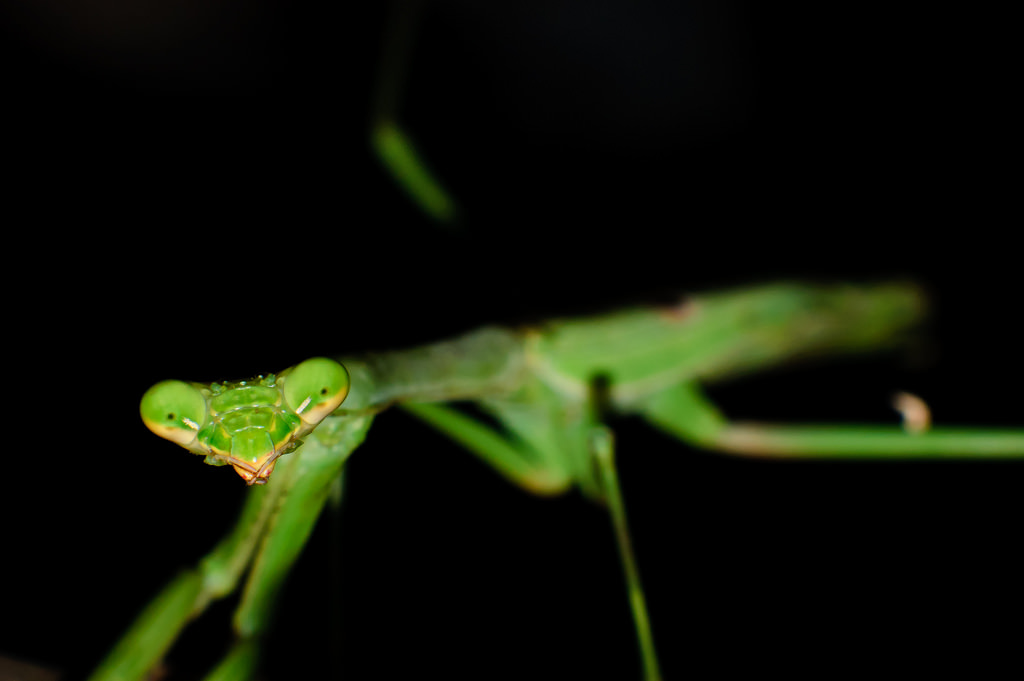Scientists on Thursday described the first evidence of a praying mantis feeding on fish, reporting the chance observations of a Bangalore-based lawyer on his first-floor balcony a year ago and a behaviour previously undocumented by science.
Entomologist Roberto Battiston in Valstagna, Italy, and zoologist Nayak Manjunath in Gadag (Karnataka) have reported an adult male praying mantis hunting and devouring guppies in a flat large flowerpot Rajesh Puttaswamiah’s balcony. The insect walked on the water lilies in the flowerpot to catch the fish – eating at least two guppies during each visit.
The praying mantis appeared to return to the same pot five days in a row, always after dusk. Puttaswamiah alerted Nayak who contacted Battiston to write a paper on the topic published in the Journal of Orthopetera Research.
“The mantis would have had flies and other insects, its usual prey for a decent meal, but it returned each night for five days in the same place for fish,” Battiston told The Telegraph. “This behaviour sounds much like a precise hunting strategy not random choices.”
Praying mantises typically eat other insects but have been observed to feed on lizards, frogs, snakes and even small birds.
The praying mantis observed in Bangalore is a 6cm-long species widespread across Asia. The observations suggest that it could catch fish in low light conditions from beneath the water.
The researchers speculate that the observed repetitive behaviour – returning to the same pot five days in a row – might have been the result of personal experience. “Remembering a hunting strategy is something complex, it shows the ability to learn not only from a single stimulus but from different environmental clues and experiences,” Battiston said.
Scientists already know that other insects such as bees and ants have advanced learning abilities like mapping foraging sites, homing from distant locations, and sharing basic information with each other. But praying mantises are solitary and in some ways more primitive hunters.
Puttaswamiah says the praying mantis never returned after that week.










